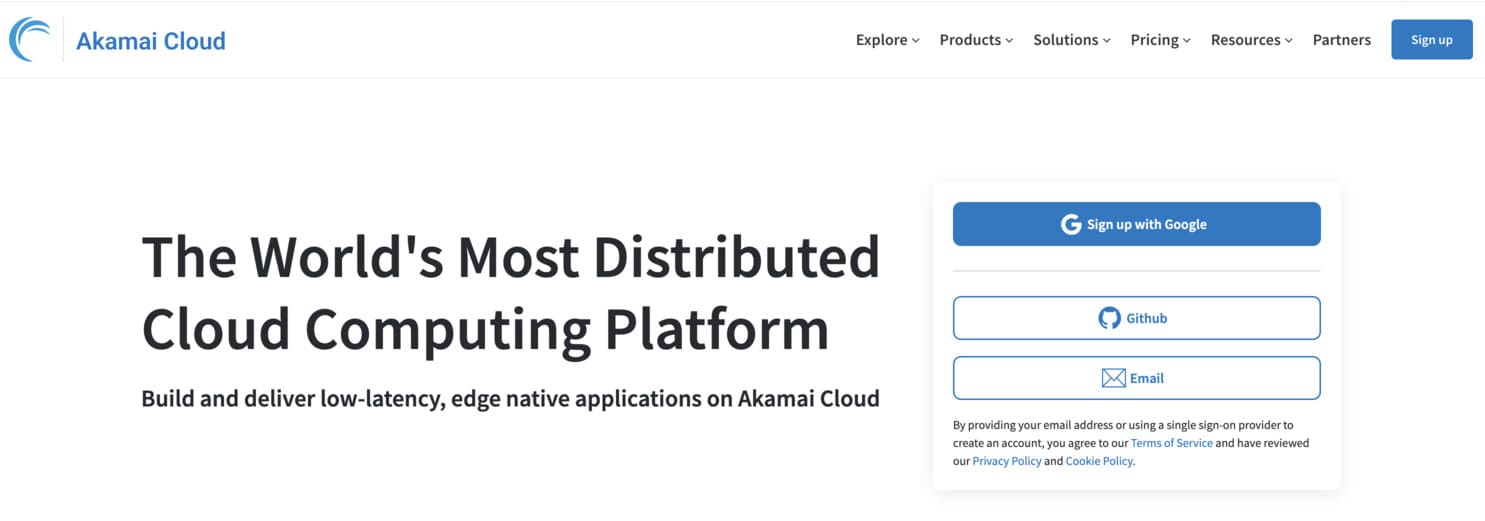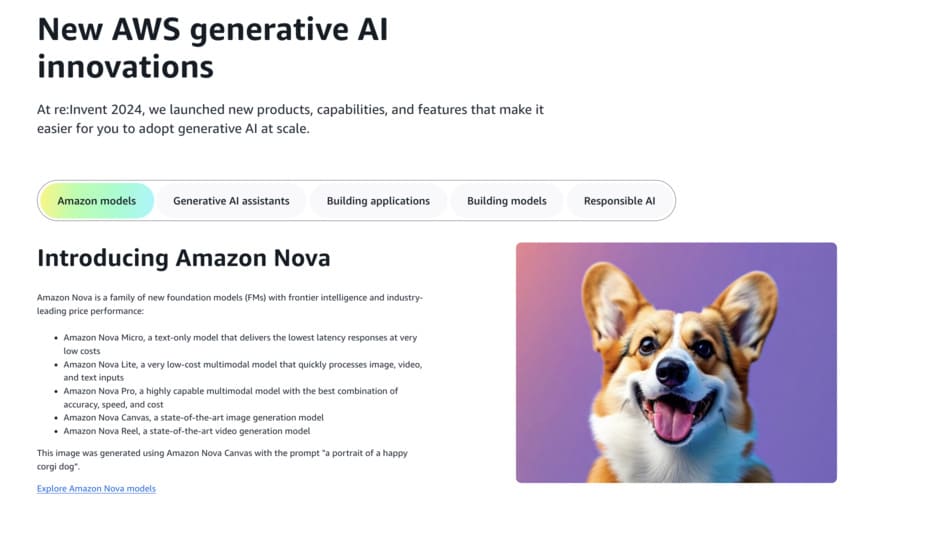Founded in 2003 and acquired by cybersecurity titan Akamai in 2022, Linode has evolved from a scrappy startup to a global infrastructure heavyweight. With Akamai’s $900M investment fueling its backbone, Linode now powers over a million developers and businesses—but does it deserve a spot in your toolkit? Let’s find out.
What Does Linode Do?
Linode provides high-octane virtual private servers (VPS), Kubernetes clusters, and storage, with root access to Linux environments with SSD storage, DDoS protection, and an 11-globally-distributed-data-center network from Tokyo to Newark available to all developers. Need to deploy a Node.js app or spin up a GPU instance to perform machine learning? Come on in to the playground.
Pricing
Linode's menu includes:
Shared CPU Plans: Starts at $5/mo for 1GB RAM, 1 CPU, 25GB SSD
Dedicated CPU: Starting at $30/mo for 4GB RAM, 2 CPUs, 80GB SSD
GPU Instances: Industrial-strength Nvidia rigs from $1,000/mo
All plans include 1TB outbound data transfer. There is no free plan, but they will give back unused compute within 7 days—the cloud equivalent of a "no questions asked" return policy.
Product History
Christopher Aker started Linode in 2003 as a response to clunky, pricey hosting options. They launched hourly billing in 2015 and dropped all prices by 20% in 2020. The Akamai buyout turbocharged their network, adding 4,100+ edge servers to the Linode network. Newest additions? Kubernetes-as-a-Service (LKE), Cloud Firewall, and Object Storage that won't blink at petabytes.
Summary
They don't nickel-and-dime you on the core features, unlike the competition. Backups? $2.50/mo per server. Cloud firewall? Free. It's like having a sports car with free premium gas.Summary
Linode isn't for everyone—if you require cPanel and babysitting, elsewhere. But for developers and tech-forward businesses? It's a Swiss Army knife with cloud instances.
The Akamai muscle gives it enterprise-grade security, but price is still astonishingly human. Somewhere between CLI power and LKE simplicity, Linode falls in between raw control and new convenience.
| Pros | Cons | Unique Features | Pricing | Social Media |
|---|---|---|---|---|
|
|
|
|
|
The product (Linode) starts at 5 USD.



